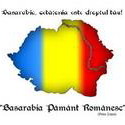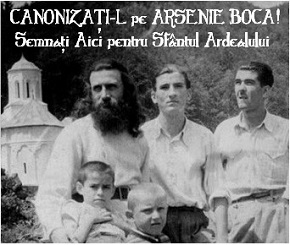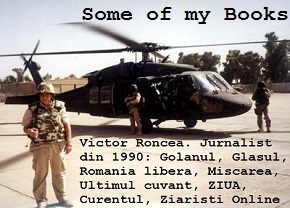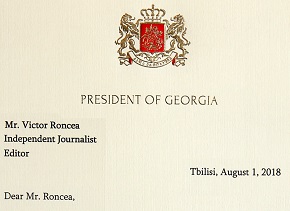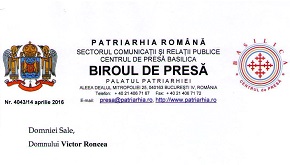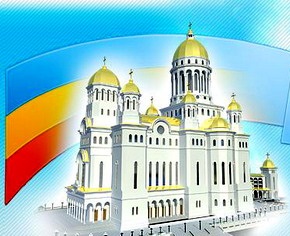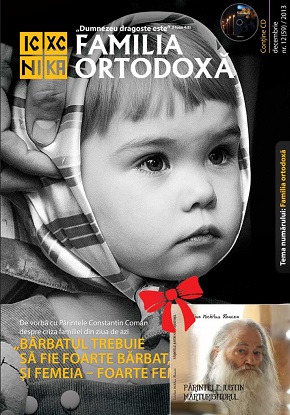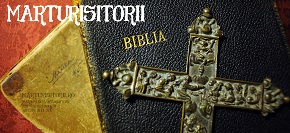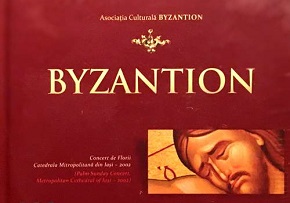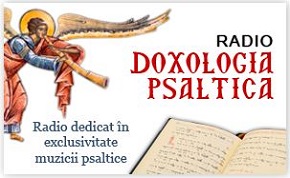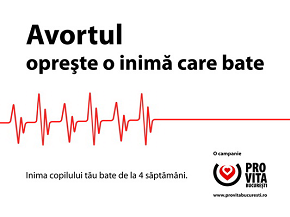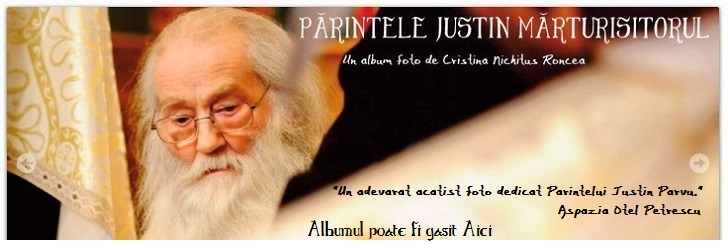To: The Smithsonian Institute Board of Regents
The Directors and Managers of the Smithsonian Folklife Festival
The Ethnographers, Historians and Managers of the “Hungarian Heritage: Roots to Revival” event
Fm: Media Professionals of the Worldwide Romanian Diaspora
Re: Request for Information, Clarification and Corrective Actions Regarding Representations and Incidents at the 2013 “Hungarian Heritage: Roots to Revival” Event, National Mall
- · Purpose. The purpose of this correspondence is to request information, clarification and corrective actions regarding representations and incidents at the 2013 “Hungarian Heritage: Roots to Revival” event staged at the National Mall in Washington, D.C. on behalf of numerous media professionals and media organizations of the worldwide Romanian Diaspora.
DETALII:
- · Event Background. Between 26-30 June and 3-7 July, the Smithsonian Institute organized “Smithsonian Folklife Festival” on the grounds of the U.S. National Mall. This year, the guest of honor was the country of Hungary which was invited to participate in the program by Smithsonian Institute organizers. Under the name of “Hungarian Heritage: Roots to Revival”, the Hungarian program was produced by the Smithsonian Center for Folklife and Cultural Heritage in partnership with the Balassi Institute, Budapest. Major support was provided by the Hungary Initiative Foundation and National Cultural Endowment of Hungary. Additional support was provided by the Hungarian American Coalition, American Hungarian Federation, Hungarian Ministry of Foreign Affairs, Embassy of Hungary in Washington, D.C., and others. The stated overarching goal of the Folklife Festival programsin general is to present and bring close to attendees the folk cultural heritage of invited countries to the American public. The showcase of traditions of culture was masterfully done. However, several incidents happened on the background of a tense political situation in Hungary and Romania today that require specific answers from the American organizers, namely the Smithsonian Institute/Smithsonian Center for Folklife and Cultural Heritage. The geo-political issue in which the Smithsonian Institute has apparently inserted itself is important enough that it demands answers from the Board of Regents, as well as directors and managers of the “Hungarian Heritage: Roots to Revival” event.
- “Hungarian Heritage: Roots to Revival” Overview. As a guest of honor, Hungary was handed the opportunity to showcase its rich culture and traditions to a large American and international audience on the Washington, D.C. National Mall. The preparation for this program took approximately two years, according to the Hungarian organizers,with over one million dollars of expenses paid by the Government of Hungary, according to the Hungarian Ambassador in Washington, D.C., as well as other substantial donors. This data was publicized at the following URL:https://www.americanhungarianfederation.org/news_smithsonianfolklife2013.html
Approximately 120 participants were brought to Washington, D.C. from Hungary, Romania, Serbia, and around the U.S.A. Among them, approximately 30 participants were dancers and singers, most of them from Romania, a preponderance from the Romanian region known most famously as Transylvania.The master chef in one of the food kitchen tents at the festival, for example, is a well-known Magyar (ethnic Hungarian) restaurant owner in Chicago who was born and raised in Romania, still celebrates his Romanian roots and spoke with journalists in his native Romanian language as well as English for media interviews. It therefore came as an unwelcome surprisethat Transylvania was constantly cited only in a Hungarian ethnic context during the stage performances and afterwards during recorded video interviews with performers and organizers. Numerous discrepancies arose which caught the attention of attending members of the credentialed media, which need to be addressed by the Smithsonian Institute responsible personnel and experts. These items are detailed herein.
- Map Graphics, Regional and Village Naming Conventions by Smithsonian Institute. Prominently displayed around the “Hungarian Heritage: Roots to Revival” tents and exhibits were large maps, detailing the areas from which the songs, music, arts and crafts were drawn; the vast majority of which are in Transylvania within the sovereign territory of Romania. Names of villages and regions, on Romanian territory, are presented with only the Hungarian names and leaving attendees and audience members with the clear misunderstanding that Transylvania is a part of modern Hungary. In fact, research indicates that the maps, as illustrated and presented by the Smithsonian Institute at this Festival, are strikingly similar to Hungarian “separatist” maps publicized by those seeking to break Transylvania away from the country of Romania. These are maps used by Hungarian ultra-nationalists and separatists in their ambition to “liberate” a large portion of Romania to “autonomy” for the Magyar minority. Against this background, those of us in the media and international Romanian Diaspora wish an explanation: How were these maps selected by the Smithsonian Institute? Which experts at the Smithsonian vetted these map graphics? Did the Smithsonian organizers, sponsors, managers or historians seek to blur the distinction between Transylvania as part of the sovereign territory of Romania, versus suggesting that it is somehow part of modern-day Hungary, or was this misrepresentation a simple error and oversight by the Smithsonian Institute for which it takes responsibility? Did anyone take into account regional sensitivities when drawing up this map for public display?
- Traditions, Songs and Cultural Traditions Presented at the Festival. Media observers noticed and recorded traditional Romanian songs, dance and dress being presented several times on such venues as the Danubia Stage, but with the announcers making only passing reference to the “Transylvanian” and “Hungarian” roots but without acknowledging the actual historic Romanian roots. The fact that various Romanian traditions were presented as Hungarian was even acknowledged on-camera in media interviews with performers, event managers and organizers (in at least one case the interviewee stated that the organizers “were not proud, but not ashamed” of the Romanian roots of the songs, dance and dress that were being presented as Hungarian traditions). During the Hungarian Ambassador’s radio address about the Festival, he makes no mention of Romania or even Transylvania in his eight-minute interview, or even acknowledges the multi-cultural traditions presented on the stages by a talented cast (as noted, comprised of many Romanian citizens). Repeatedly, all references are solely toward Hungary. Against this information, could the Smithsonian Institute and experts please offer explanations? Was the Board of Regents or any other responsible executive body of the Smithsonian Institute aware that Romanian songs, dance and dress were presented on-stage but without acknowledging the Romanian roots? Who was the responsible historian or ethnographer from the Smithsonian Institute who vetted the songs, dances and dress that appeared on stage, and was it a conscious decision to mention the “Transylvanian” history in reference to Hungary, but without adequately citing Romanian culture and traditions? How does the Smithsonian wish to respond to the query as to why “Hungarian” roots for revival was presented by so many Romanian citizens and drew heavily on Romanian traditions, but was presented almost exclusively as “Transylvanian” or “Hungarian” culture?
- Incidents of Intolerance, Separatist and Ultra-Nationalist Actions by Hungarian/Magyar Participants. Shortly after the construction of the large festival dance pavilion was completed, some of the Hungarian/Magyar participants in the festival raised a flag over the structure. The flag was the Hungarian-colored flag of the Magyar Separatist Movement in Transylvania, also displayed on the festival map as “Székelyföld”. It was taken down by Festival organizers, but perhaps was prologue to later incidents of intolerance. After a wonderful, high-energy performance at the Danubia Stage, three Magyar/Hungarian performers cursed at an elderly woman who had a wrist-ribbon of Romanian colors (this is on video). The same performers accosted a U.S. citizen and journalist, also wearing a wrist ribbon of Romanian colors (similar, incidentally, to those on the trim of many of the dancers’ costumes), cursed the cameraman and one Magyar/Hungarian member physically grabbed the hand and arm of a media professional while another said in Hungarian language, “while wave that Romanian flag, Transylvania belongs to Hungary.” This entire incident is also on video. The Romanian flag was being held by a Romanian national while a Romanian journalist, incidentally, was simply conducting an interview on the gravel path adjacent to the Festival “tavern” tent with another U.S. citizen of Romanian descent who was raving about what a marvelous performance it was. These audience members and credentialed media personnel were happy and excited about the excellent stage productions, “high-fiving” many performers and speaking at length in Romanian language with numerous Romanian cast members who were delighted to be recognized and appreciated by fellow Romanian countrymen. It was on this scene of pleasant celebration of an excellent stage production that the three Magyar/Hungarian performers inserted their separatist and ultra-nationalist agendas, alleging that the presence of Romanians and their flag on the National Mall was “a provocation” and insisting that the Romanians—and the media members and associated U.S. citizens of Romanian descent—leave the area. Videos and images have been made available, and reportedly other citizens have already written the Smithsonian requesting answers. The undersigned media members and Romanian Diaspora would like the Smithsonian to kindly address whether the Smithsonian Institute organizers vetted the performers? Were the performers who were pursuing Magyar Separatist agendas known to the Smithsonian? As many cast members were Romanian citizens and presenting Romanian dances, dress and traditions, a few singing Romanian songs in Romanian language, can the Smithsonian executive team please explain the rationale behind the “Hungarian Heritage: Roots to Revival” event featuring these as “Hungarian” but without acknowledgement that Transylvania is Romania? Do the historians, experts and event organizers at the Smithsonian believe that Transylvania is part of Hungary?
- Conclusions. Although we are not seeking, as members of the media and worldwide Romanian Diaspora, a judgment on the actions or conduct of a number of Hungarian/Magyar participants or the incidents themselves, we collectively are calling upon the Smithsonian Board of Regents—which includes several high ranking officials of the United States Government and therefore has significant clout on geo-political issues such as the Magyar Separatist movement—and the Smithsonian executive management to issue a joint and public statement on the issues we raised in this letter. At this point, an observer would conclude that the Smithsonian Institute and the senior U.S. government officials on the Board of Regents either tacitly or explicitly endorse the ethnic-Hungarian—Magyar Separatist movement in Transylvania. Apparent efforts by the Festival event organizers—from map graphics to stage presentations, to chasing away Romanian audience members and media, to the attempt by Hungarian artists to fly the Hungarian Separatist Flag from the top of the constructed festival dance pavilion and statements to the media made by these performers expressing strong desire of autonomy for Transylvania—indicate the need for precise explanations and an official position published by the most senior executive members of the Smithsonian. The stage performances, music, dress and dance were spectacular and thrilling to observe. That many of these were adopted by Hungarian groups and shared and enriched by and between Gypsy/Roma, Romanian, Jewish and Hungarian ethnicities is testimony to the treasure that is multi-cultural heritage. That such beauty on stage, could be marred by apparent displays of separatist agendas, ultra-nationalism and intolerance among some Magyar/Hungarian participants—as well as academic blurring of the Romanian territory of Transylvania as being “Hungarian”—remains an issue in need of direct comment and a statement of position from the Smithsonian. In summary, the issues for direct comment by the Smithsonian’s executive team:
- The Festival’s use of the map of the Hungarian Kingdom and Magyar Separatists representing Romanian Transylvania with Hungarian graphics and text;
- Why the Smithsonian organizers failed to acknowledge that three of the six featured communities for the “Hungarian” Folklife festival are Romanian;
- An explanation as to why Romanian songs, dances and costumes were featured as “Hungarian” on the stages and on the website of the Hungarian festival;
- A statement on the Magyar/Hungarian cast members and performers exhibiting their Separatist agenda, both in interviews and in incidents of intolerance captured on video by credentialed journalists, and in response we respectfully request a clear statement of the Smithsonian’s position on these incidents;
- An explicit acknowledgement by the Smithsonian Institute from your experts, historians, ethnographers and executive management team as to whether the region of Transylvania is legally and geo-politically part of the sovereign state of Romania, and whether any presentations, graphics, artworks or public statements suggesting otherwise are in factual error;
- An explicit acknowledgement by the Smithsonian Institute experts and executive team including the Board of Regents that there was no intent by the Smithsonian, or the event organizers, to take a position supporting the Magyar/Hungarian Separatist movement to the detriment of the sovereign nation of Romania.
We have a team of expert historians and ethnographers ready to work with the Smithsonian Institution experts and revisit the program and determine which of the traditions presented under ”Hungarian Heritage” name may have been, in fact, Romanian in origin and artistic credit.
Sincerely, the undersigned members of the media and Romanian Diaspora
PhD. Eugen Vasilescu, Georgetown University, U.S.A.
PhD. Marius Petraru, California State University – Chief Redactor, Miorita U.S.A.
PhD. Theodore Bucur, Professor HEI of Lille, International Expert, France
PhD. Adrian Boeru, National University of Arts Bucharest, Romania
PhD. Adrian Botez, Publisher, Writers’ Union of Romania
Prof. Lia Lungu, Folklore Interpret; awarded U.S. Citizen for Extraordinary Ability, NY
Valentin Tepordei, Professor & Researcher USGS Scientist Emeritus, Arlington, VA
Mihai Boicu, Researcher, Professor, George Mason University (Fairfax, VA) U.S.A.
Daniela Ionescu,Masters in History of Art, California State University, U.S.A.
PhD Vasile Lechintan, Historian, Transylvania, Romania
Adelina Palade, Councelor and Analyst, Chamber of Deputies, Romania
Editorial Staff „Miorita USA” Romanian American Newspaper
Editorial Staff of„Ziaristi Online”, Romania
„Iuliu Maniu” Foundation, Boston, MA, U.S.A.
Marcela Maria Băjeanu –Gymnastics Coach, Maryland, U.S.A.
Ana Hontz Ward – Journalist, Voice of America, Washington, D.C., U.S.A.
Dorin Suciu, Journalist, Romania
Corneliu Leu, Publisher, Canada
Dan Tanasa, Freelance Journalist, Madrid, Spain
Mihaela Biliovschi, International Journalist, Washington, D.C., U.S.A.
Dacian Dumitrescu – Deputy Chef Editor, Romanian Breaking News Press
Victor Roncea, Journalist, Founding President „Civic Media” Association, Romania
Dana Deac, Vicegovernor, Cultural Society„Filarmonia” Turda, Plastic Artist & Journalist, Romania
Cultural Association„Miorita”, California, U.S.A.
Benone Neagoe, Military Journalist, Romania
Corneliu Vlad, Journalist, International Policy
Phd Grid Modorcea, Journalist and writer, New York
Eng. Simona Botezan, Deputy Manager „Miorita”, Washington, D.C.
Dan Leontescu, Editor “The Eastern European Echo”, Seattle WA, U.S.A.
Cultural Association„Miorita”, California, U.S.A.
Elena Andronache, Independent Group for Democracy, Founder, Romania
Eng. Gabriel Neagu, System Analyst, Gaithersburg, Maryland
Theodor Codreanu, Writer, Romania
Florin Palas, Journalist, Romania
LISTA DE SEMNATURI RAMANE DESCHISA – SEMNATI AICI!
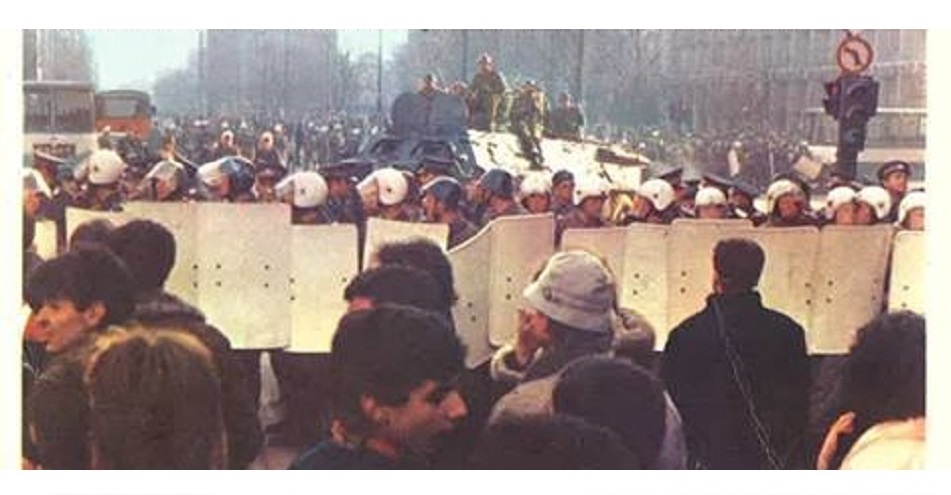
 July 18th, 2013
July 18th, 2013  VR
VR 

 Posted in
Posted in  Tags:
Tags: 